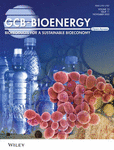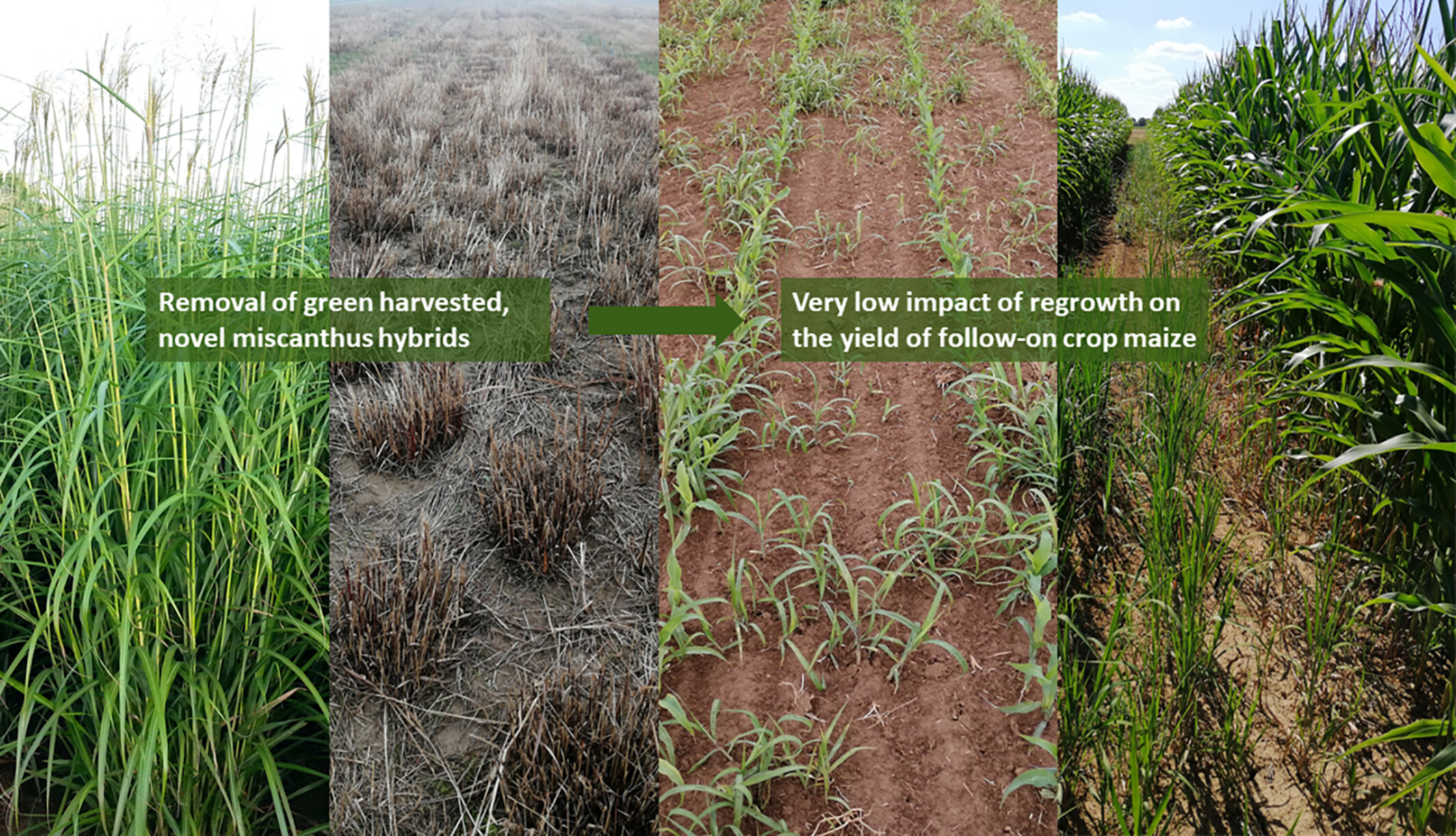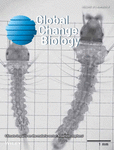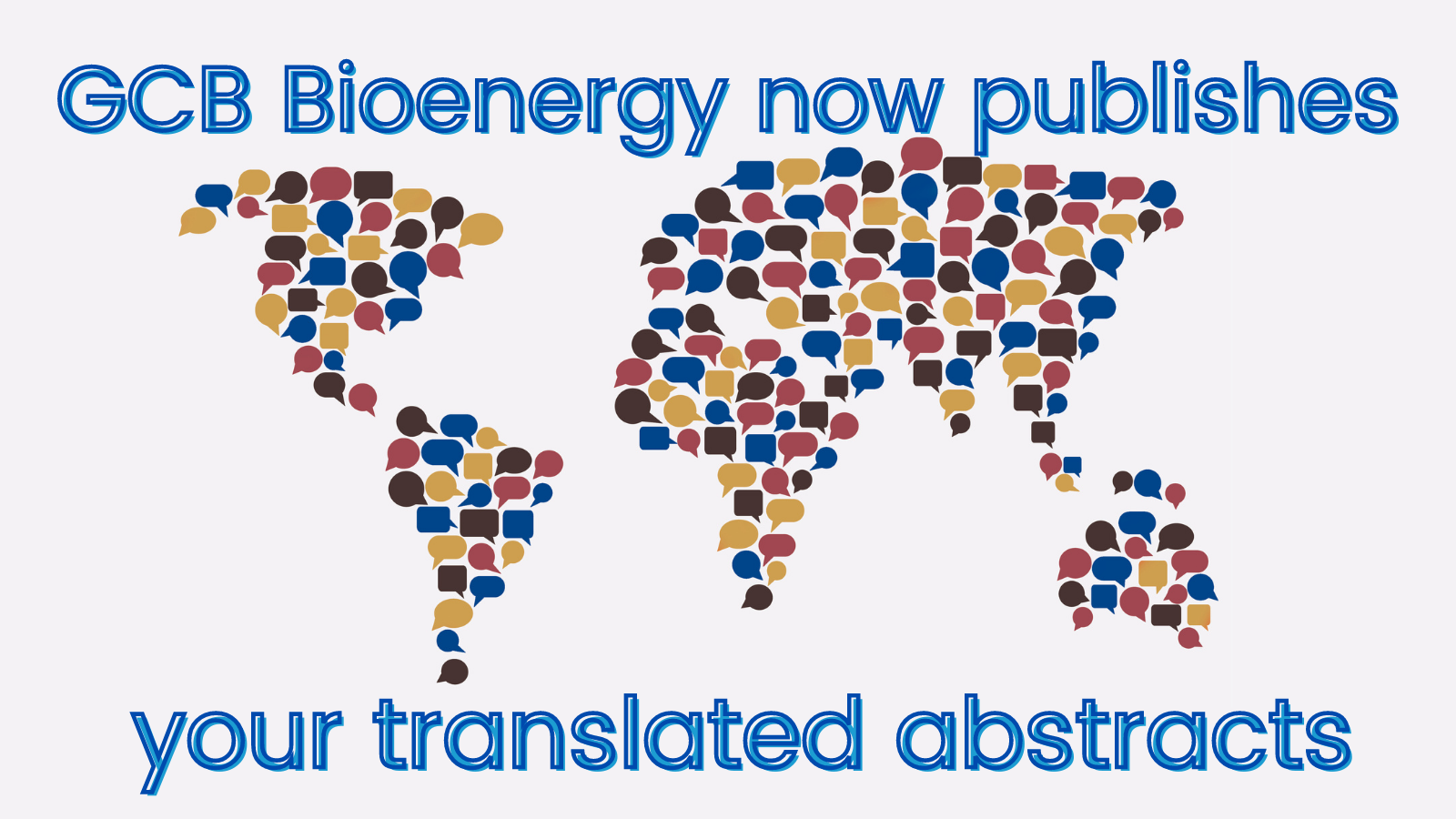Journal list menu
Export Citations
Download PDFs
ISSUE INFORMATION
REVIEW
The good, the bad, and the future: Systematic review identifies best use of biomass to meet air quality and climate policies in California
- Pages: 1312-1328
- First Published: 23 September 2023
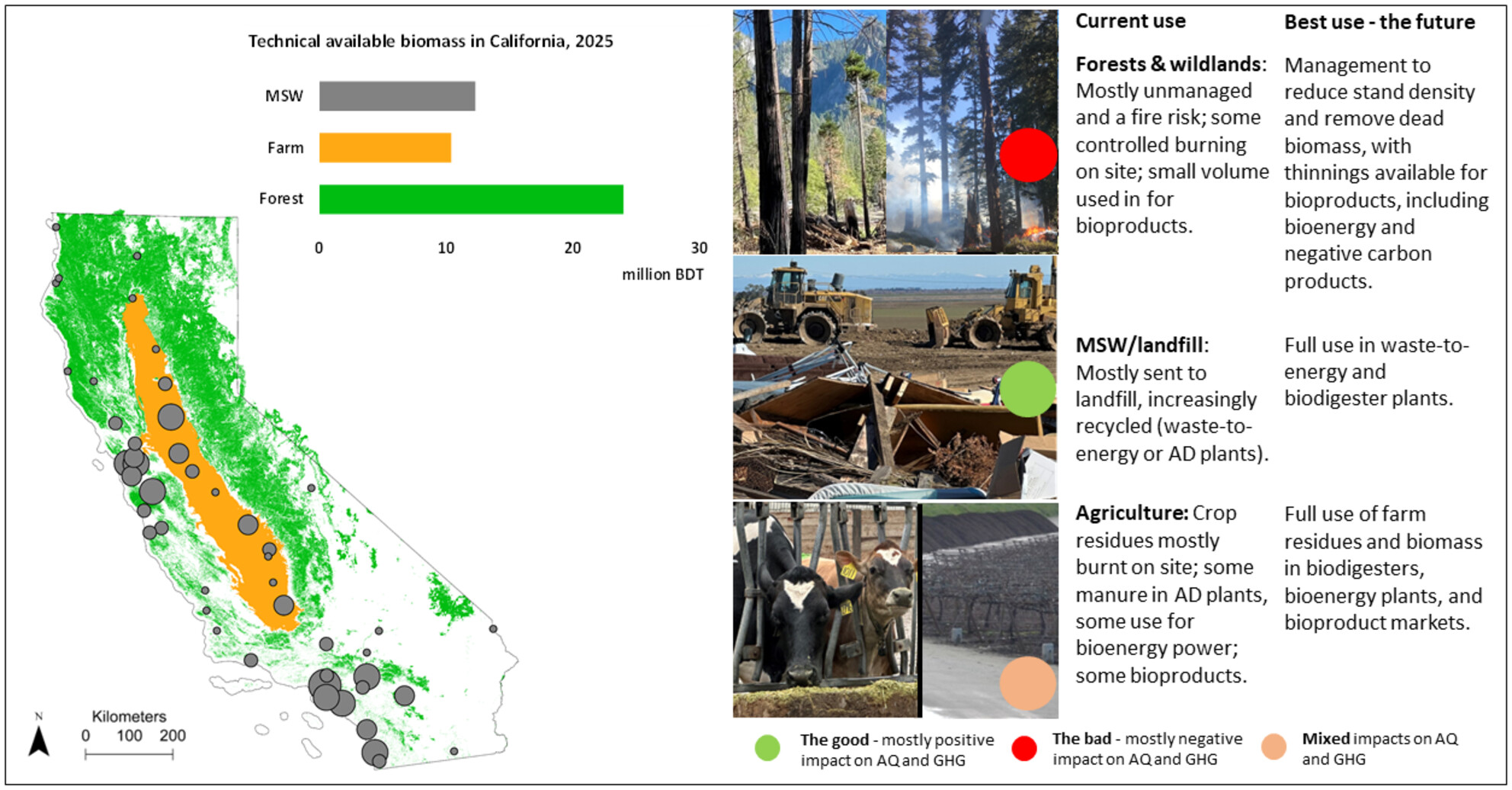
Biomass resources are substantial in scale, diverse in nature and geographically dispersed. We used a systematic review to assess the climate and air quality impacts of biomass use in California. New innovative pathways are being developed to substitute fossil fuels, meet climate objectives and contribute to the bioeconomy—“the future.” “Good” uses with beneficial effects include combustion for power, production of biodiesel, and conversion of waste to biogas via anaerobic digestion. Biomass pathways with adverse impacts, considered “bad” include wildfire, the open composting of animal manure, and disposal of municipal solid waste without production of landfill gas.
RESEARCH ARTICLES
A 30% reduction in switchgrass rhizome reserves did not decrease biomass yield
- Pages: 1329-1338
- First Published: 01 September 2023
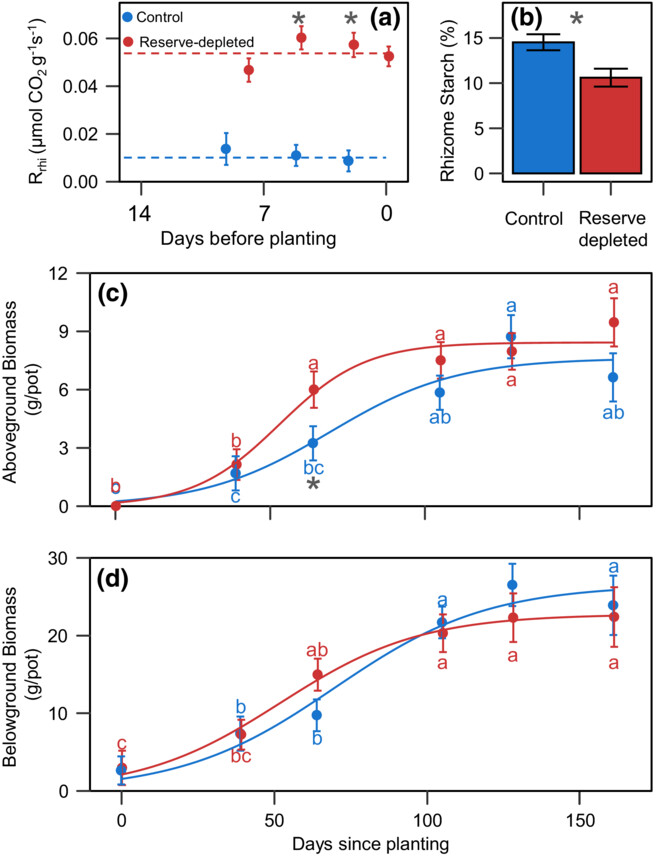
Perennial plants need to assimilate enough carbon during the growing season to complete growth and to overwinter and regrow the following spring. This carbon partitioning presents a challenge for yield improvement and biofuel production because the relocation of carbon toward higher yields could reduce winter survival. We experimentally depleted the carbon reserves of the perennial bioenergy grass, switchgrass, by 30%. Reserve-depleted switchgrass successfully completed growth and development and replenished its reserves to pre-depletion levels. These results suggest that switchgrass stores more carbon than is needed for growth and development. This carbon surplus supports potential breeding strategies and management practices for yield improvements.
A biorefinery model for the production of oil and biomethane using castor plants
- Pages: 1339-1354
- First Published: 08 September 2023
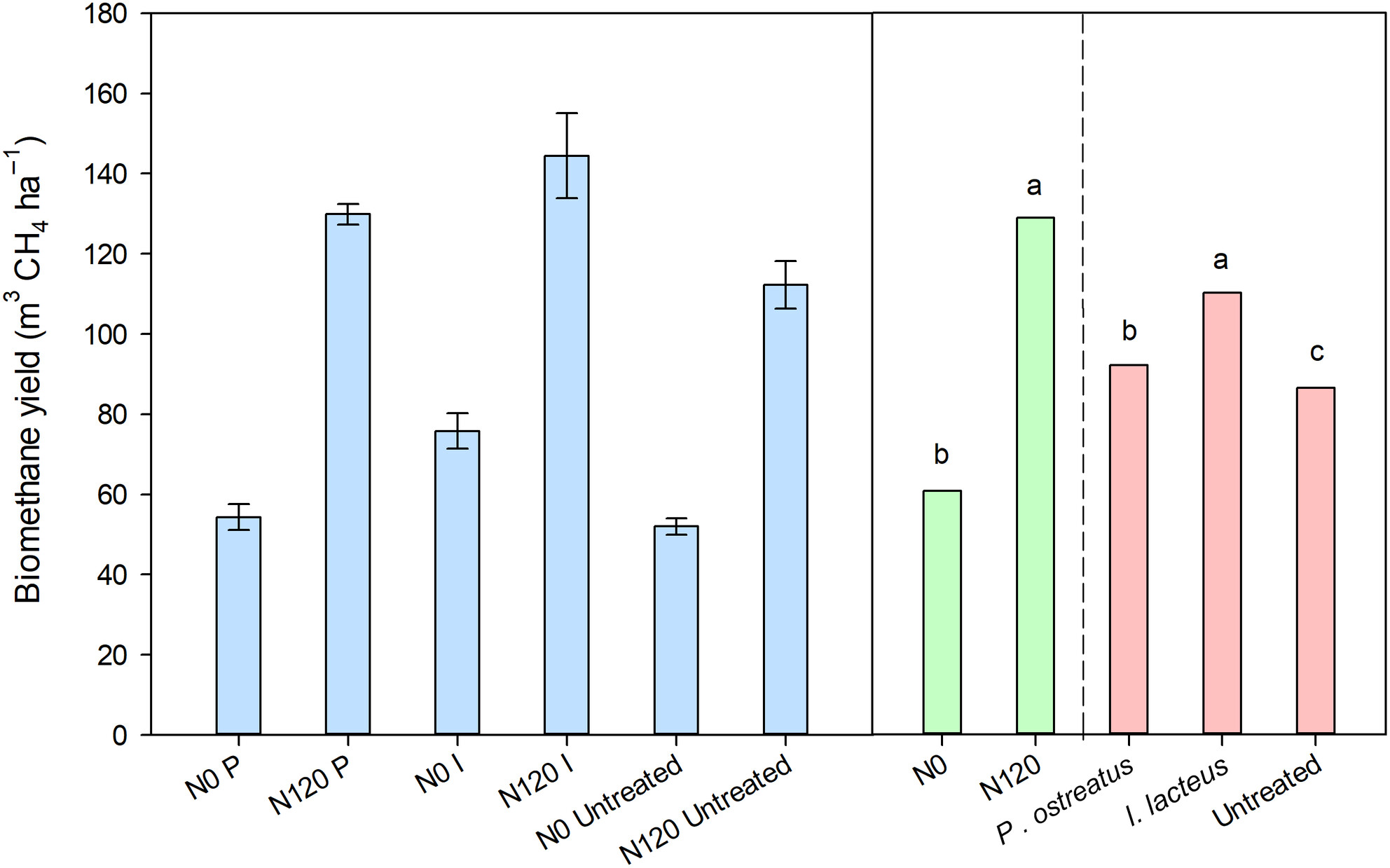
This study investigated the effects of two nitrogen fertilization levels on seed and oil yield and the biomethane production from castor husks residue. A biological pretreatment using two white-rot fungi was adopted to reduce the lignin content of capsule husks and enhance biomethane production. The study aimed to highlight the potential of castor plants as energy crops using a biorefinery approach to produce biodiesel from the oil and biomethane from the residual biomass in order to reduce agricultural waste with effective waste management from the perspective of a circular economy.
Genome-wide association and genomic prediction for yield and component traits of Miscanthus sacchariflorus
- Pages: 1355-1372
- First Published: 08 September 2023
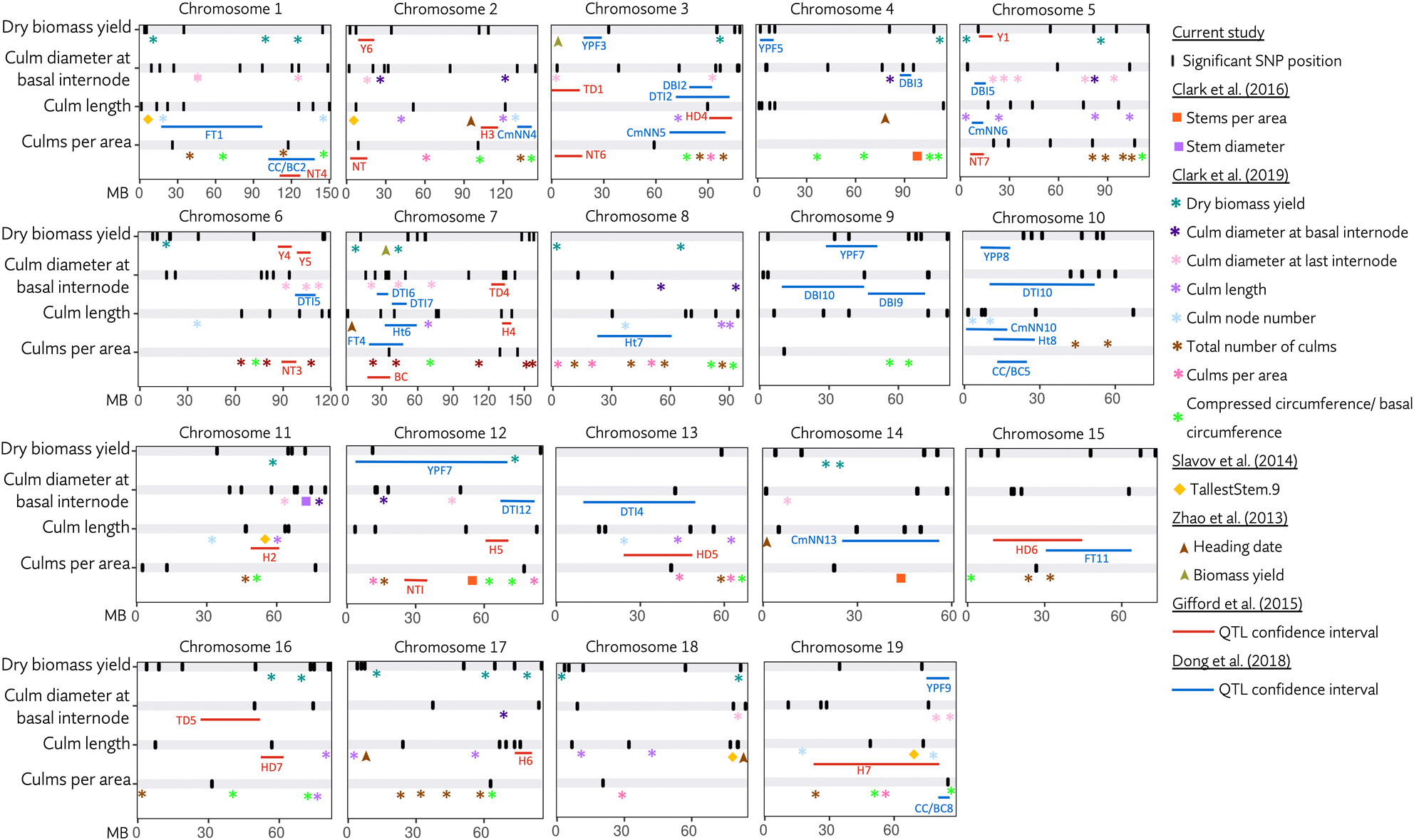
We conducted genome-wide association studies (GWAS) and genomic prediction of biomass yield and 14 yield components traits in Miscanthus sacchariflorus. The GWAS study identified 835 significant SNPs and 674 candidate genes, while genomic prediction accuracy for the yield traits ranged from 0.15 to 0.52. Our study gave insights into the genetic basis for yield-component traits in M. sacchariflorus. We expect that genomic prediction, on its own or in combination with selection for specific significant associations, such as the ones we identified via GWAS, will improve the efficiency of breeding M. sacchariflorus for biomass yield traits relative to standard phenotypic selection.
Climate cooling benefits of cellulosic bioenergy crops from elevated albedo
- Pages: 1373-1386
- First Published: 23 September 2023
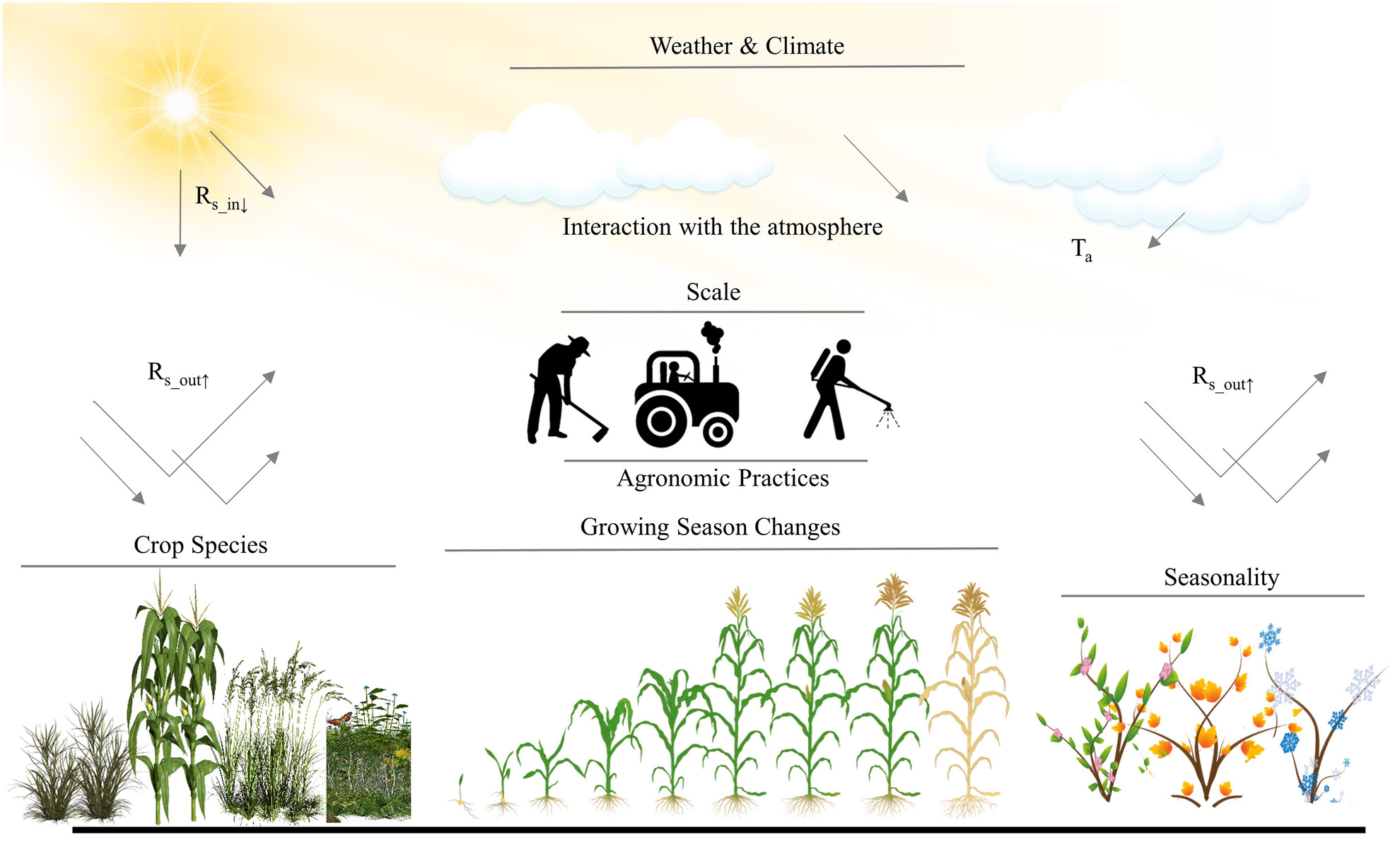
Direct field measurements of surface albedo over monthly, seasonal, and annual periods for six candidate bioenergy crops, a reference maize crop, and a reference forest estimate the magnitudes and temporal changes of albedo in different cellulosic bioenergy crops over a 3-year period. Albedo differences among crops during the growing season were found to be statistically significant, with the conversion of reference forest and maize landscapes to perennials providing a cooling effect on the local climate. Therefore, variations in surface reflectivity can inherently drive the shifts in radiative forcing patterns and climate variability.
Integrating perennial biomass crops into crop rotations: How to remove miscanthus and switchgrass without glyphosate
- Pages: 1387-1404
- First Published: 16 September 2023
Biomass potential from agricultural residues for energy utilization in West Nusa Tenggara (WNT), Indonesia
- Pages: 1405-1414
- First Published: 26 September 2023
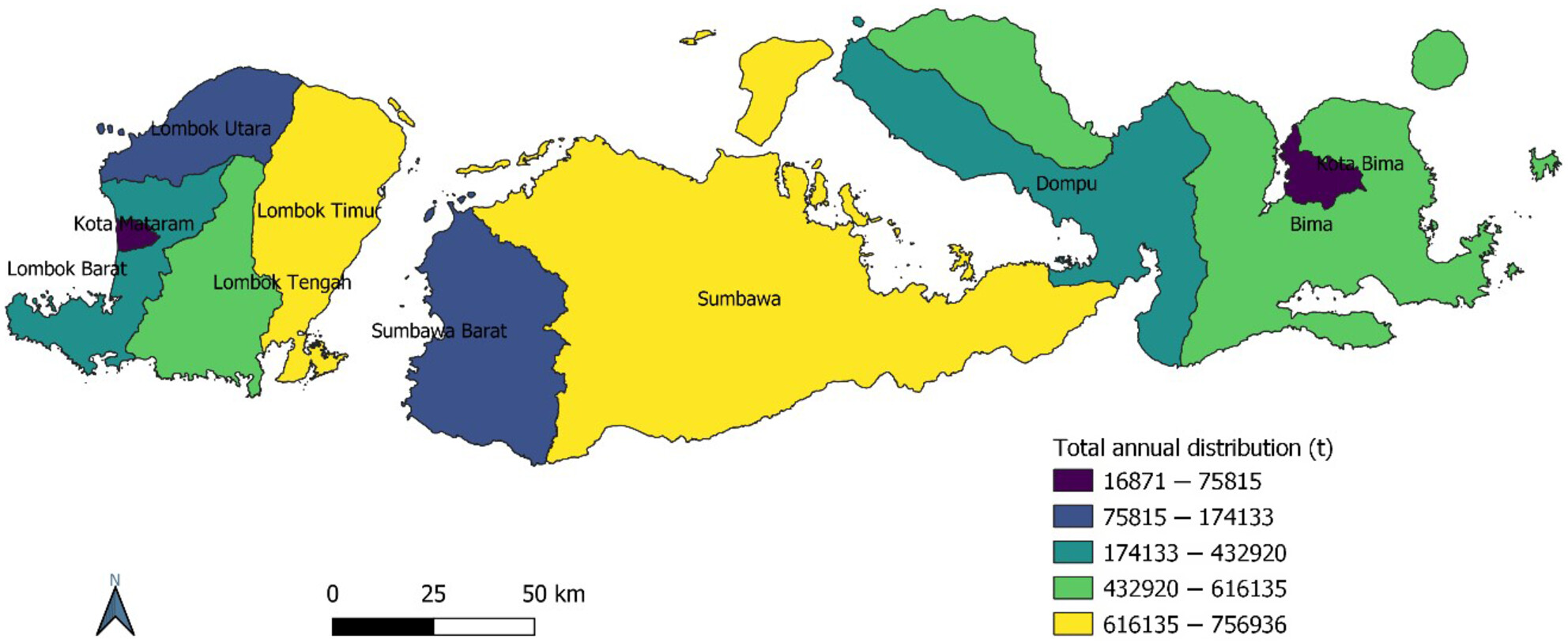
The distribution of biomass availability shows the largest arable land contributes to the production of high yields and residue. It is obvious that crop or plant production is a key factor that influences the amount of residue or biomass potential. Understanding the type of agricultural residue, the source area and the quantity is crucial before determining the next step for energy conversion. The study shows that the number of crop residues and its distribution are quite significant.




